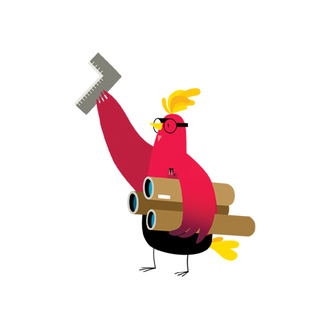 loading
loading
FindingsNoted Alex Eben Meyer.View full imageIn the US alone, more than one billion birds are estimated to be killed annually by collisions with buildings, especially those with extensive glass surfaces. Developing lung-targeted mRNA therapies has proved challenging. Typically, only a small fraction of the administered therapy entered the targeted cells, and the nanoparticles used to deliver the mRNA have caused inflammation and other problems. However, by creating a highly specialized nanoparticle to work specifically in lung cells, the team was able to overcome these hurdles and produce a vaccine that does not require intramuscular injection. In experiments with mice, two vaccine doses given intra-nasally produced a highly effective immune response. Moreover, a minimally invasive, inhalable delivery system opens the possibility of administering not only vaccines, but other kinds of mRNA. Interventions such as gene replacement therapy might be able to treat diseases like cystic fibrosis.
The comment period has expired.
|
|